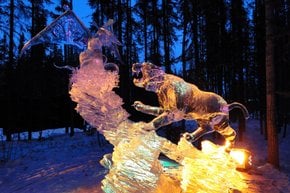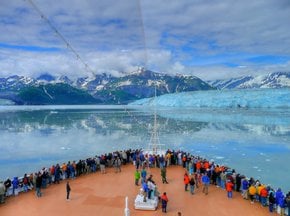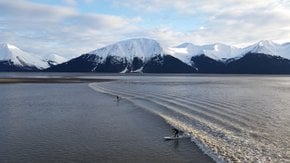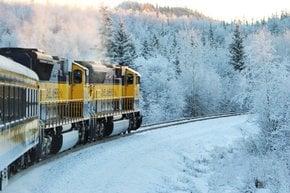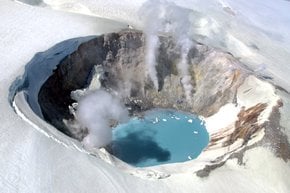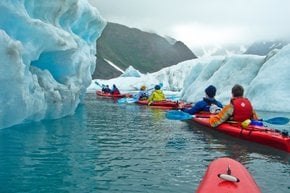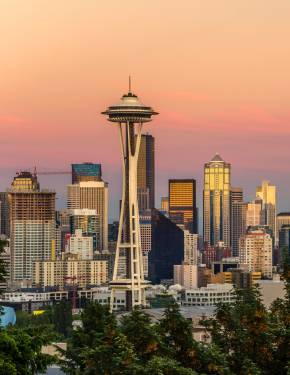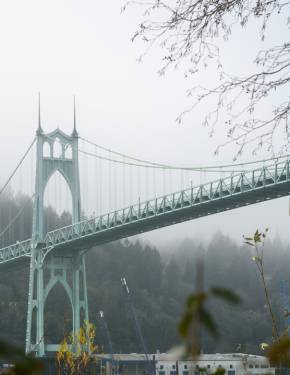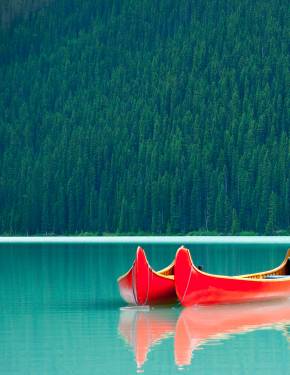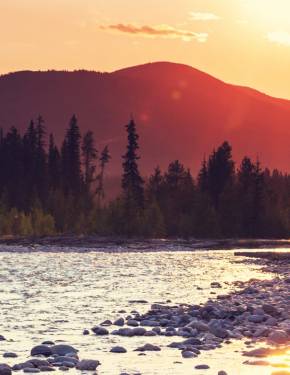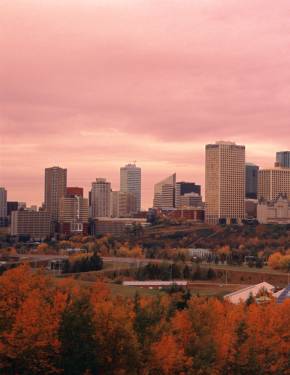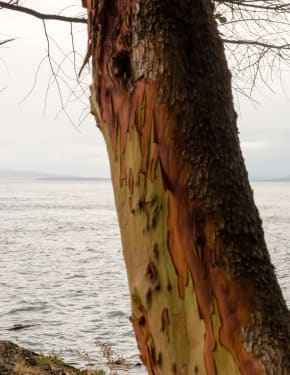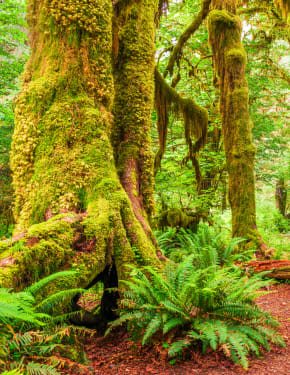Caribou Fall Migration in Alaska 2026
Caribou deer are an integral part of Alaskan wildlife. Every fall, these animals migrate across Kobuk River. Watch them in their natural habitat!
Best time: late August–mid-October
The majestic relative of elks, caribou, are known to travel long distances, up to 2,737 miles (4,404 km), during their fall and spring migration. Their large hooves give them an advantage in harsh tundras, allowing them to step on snow easily. The most common species of caribou in Alaska is the Porcupine caribou, who travel from the Arctic coast of Alaska to snow forests in western Alaska, Yukon, and Canada.
Migration Process
Alaska is home to approximately 750,000 caribou, all separated into 32 herds. The largest herd, the Western Arctic Caribou Herd, spreads over 140,000 square miles (363,000 square km) of the state and consists of 201,000 animals. During fall, these magnificent creatures leave their calving grounds in the North Slope of Alaska and northern Canada and head south to Richardson and Ogilvie mountains. One of the most spectacular parts of migration is when caribou swim across the Kobuk River on their way to the mountains in the Yukon Territories.
While at their calving grounds, caribou can enjoy many types of vegetation, they mainly feed on lichen during their fall migration. The herd disperses through western Alaska and central Yukon, enjoying the boreal forests. As the temperature increases in spring and summer, caribou seek refuge from insects and heat and head back to colder regions and the coast of the Beaufort Sea.
When Do Caribou Migrate
The fall migration usually occurs anytime between late August and mid-October. However, observational studies have shown that the Western Arctic Caribou Herd started migrating in October after 2000. Before the year 2000, caribou started their journey earlier in September. This is mainly due to climate changes and warmer temperatures during the first month of fall. Spring migration normally begins in late April, May, or even June. On the way, the herd might make longer stops in warmer places, choosing to move further after the temperatures drop.
Why Do Caribou Migrate
Seasonal changes and temperature shifts are some of the main reasons for caribou migrations. As the weather grows colder, caribou set off on a journey to warmer lands while also staying on the lookout for vegetation and forests for feeding purposes. Fall migration takes place after the calving season, which means that the herd includes numerous young caribou, vulnerable to predators and other dangers. By staying in larger groups, adult caribou can overwhelm the attackers and protect their calves. Summer migration mainly occurs due to warmer temperatures and insects swarming the herd.
Where to See Caribou Migrating
Arctic National Wildlife Refuge
The Arctic National Wildlife Refuge in northeastern Alaska is one of the top spots to witness Porcupine caribou migration, with the herds leaving the coastal plains during fall and arriving in spring. Because the area is so vast, traveling without a guide can prove to be dangerous. The Arctic Wild guiding company annually organizes caribou migration tours in late June-early July in the Arctic National Wildlife Refuge, as well as a fall migration trip to the West Brooks Range in late August-September.
Kobuk Valley National Park
Situated in remote wilderness, Kobuk Valley National Park is a must-visit destination for nature photographers due to a unique event that only happens twice a year—caribou swim across the Kobuk River. The Onion Portage site near the river is perfect for taking some wildlife snapshots. While the park is completely free to enter, there are no camping facilities or hiking trails, so you need to prepare beforehand.
Other Places to See Caribou
Caribou herds migrate through the Brook mountain range Central Brooks Range. Some migration can also be spotted in the Gates of the Arctic National Park & Preserve, at Bering Land Bridge National Preserve, and at Noatak National Preserve. No admission fee is charged at any of the mentioned sites. However, some facilities may be subject to a fee.
Practical info
External resources
- Caribou Migration (Official website)
- National Park Service I Caribou (Official website)
- Caribou Viewing (Official website)
- National Park Service I History, Purpose, and Status of Caribou Movements in Northwest Alaska (Official website)
- Arctic National Wildlife Refuge (Official website)
- Kobuk Valley National Park (Official website)
- Gates of the Arctic National Park & Preserve (Official website)
- Bering Land Bridge National Preserve (Official website)
- Noatak National Preserve (Official website)




























































